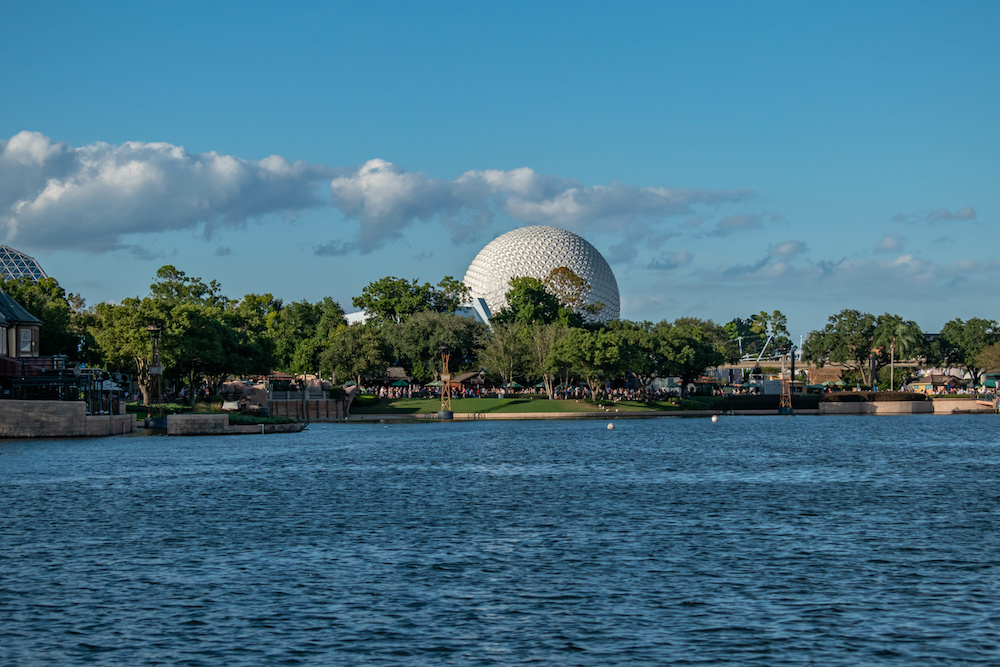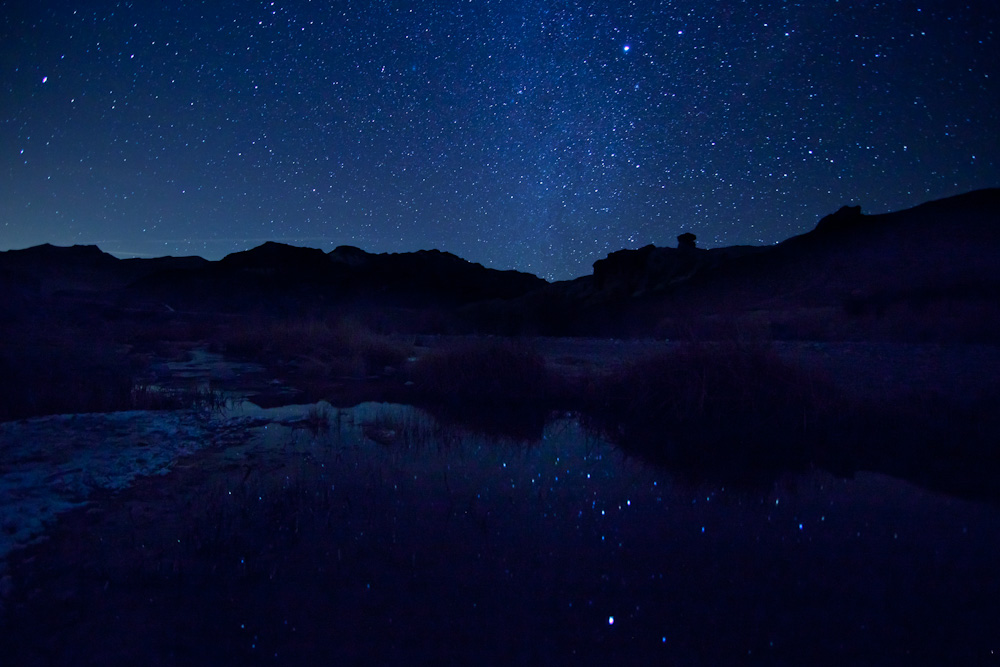Clouds of water vapor drifting lazily through skies above Earth are Watch The End of the Fucking Worlda common sight, but what do clouds look like on another world entirely?
A new time-lapse video produced using images taken by the Cassini spacecraft, shows clouds of methane floating above the surface of Titan, the planet's largest moon.
Cassini caught sight of the clouds in Titan's northern hemisphere on Oct. 29 and 30. The spacecraft took a photo of the world every 20 minutes for 11 hours to see how the clouds move through the moon's sky.
SEE ALSO: 5 solar system worlds that are probably more watery than Mars"Time-lapse movies like this allow scientists to observe the dynamics of clouds as they develop, move over the surface and fade," NASA said in a statement.
The video has already revealed something unexpected about Titan's clouds.
Scientists initially predicted that there should be more cloud activity on Titan than Cassini has seen this summer season, which means that NASA's understanding of the moon's climate is somewhat incomplete.
And learning more about Titan is important for our understanding of the solar system as a whole.
Via GiphyThe strange, cold moon is the only other known place in the solar system that plays host to liquid seas and lakes on its surface. (A methane cloud can actually be seen as a moving spot between two lakes in the video.)
However, those lakes of liquid are distinctly alien when compared to the ones we're familiar with on Earth.
Instead of seas of liquid water, Titan plays host to oceans of methane and ethane, two elements usually found in gas form on our planet.
Titan is also incredibly cold.
The highest temperature measured on the moon by Cassini is just minus 292 degrees Fahrenheit, minus 179.6 degrees Celsius, meaning that molecules take on different states on Titan than they likely would on most of Earth.
Titan isn't the only place outside of Earth with transient clouds in its sky. For example, Mars also has visible wisps of clouds in its atmosphere.
Cassini, which has been exploring Saturn and its moon since it made it into the ringed planet's orbit in 2004, should continue its mission until Sept. 15, at which point the spacecraft will make a planned crash into Saturn's atmosphere, vaporizing the long-lived spacecraft.
(Editor: {typename type="name"/})
 New panda mom doesn't know she has twins thanks to sneaky zookeepers
New panda mom doesn't know she has twins thanks to sneaky zookeepers
 Walt Disney’s Empty Promise by Kent Russell
Walt Disney’s Empty Promise by Kent Russell
 Machado’s Catalogue of Failures by Margaret Jull Costa and Robin Patterson
Machado’s Catalogue of Failures by Margaret Jull Costa and Robin Patterson
 Redux: A Aries, T Taurus, G Gemini by The Paris Review
Redux: A Aries, T Taurus, G Gemini by The Paris Review
 NYT Strands hints, answers for April 23
NYT Strands hints, answers for April 23
LinkedIn launches ‘Zip,’ a brain
 LinkedIn is expanding its casual gaming lineup with Zip, a new puzzle designed to challenge problem-
...[Details]
LinkedIn is expanding its casual gaming lineup with Zip, a new puzzle designed to challenge problem-
...[Details]
Into the Narrow Home Below by Darcey Steinke
 Into the Narrow Home BelowBy Darcey SteinkeJuly 6, 2020Arts & CultureBranwell Brontë, The Brontë
...[Details]
Into the Narrow Home BelowBy Darcey SteinkeJuly 6, 2020Arts & CultureBranwell Brontë, The Brontë
...[Details]
The Art of Distance No. 15 by The Paris Review
 The Art of Distance No. 15By The Paris ReviewJune 29, 2020The Art of DistanceIn March, The Paris Rev
...[Details]
The Art of Distance No. 15By The Paris ReviewJune 29, 2020The Art of DistanceIn March, The Paris Rev
...[Details]
An Open Letter to All the Future Mayors of Chicago by Laurence Ralph
 An Open Letter to All the Future Mayors of ChicagoBy Laurence RalphJune 9, 2020On PoliticsThe follow
...[Details]
An Open Letter to All the Future Mayors of ChicagoBy Laurence RalphJune 9, 2020On PoliticsThe follow
...[Details]
Best iPad deal: Save $100 on 13
 SAVE $100:As of April 15, the 13-inch Apple iPad Air (M2, WiFi, 128GB) is on sale for $699 at Best B
...[Details]
SAVE $100:As of April 15, the 13-inch Apple iPad Air (M2, WiFi, 128GB) is on sale for $699 at Best B
...[Details]
Poets on Couches: Reading Max Jacob by Suzanne Buffam and Srikanth Reddy
 Poets on Couches: Reading Max JacobBy Suzanne Buffam and Srikanth ReddyAugust 5, 2020Poets on Couche
...[Details]
Poets on Couches: Reading Max JacobBy Suzanne Buffam and Srikanth ReddyAugust 5, 2020Poets on Couche
...[Details]
The Pain of the KKK Joke by Hope Wabuke
 The Pain of the KKK JokeBy Hope WabukeJuly 2, 2020First Person “The function, the very serious funct
...[Details]
The Pain of the KKK JokeBy Hope WabukeJuly 2, 2020First Person “The function, the very serious funct
...[Details]
The Crisis Cliché by Hermione Hoby
 The Crisis ClichéBy Hermione HobyAugust 3, 2020Arts & CultureOn a Saturday, as though the concep
...[Details]
The Crisis ClichéBy Hermione HobyAugust 3, 2020Arts & CultureOn a Saturday, as though the concep
...[Details]
Your 'wrong person' texts may be linked to Myanmar warlord
 Over the weekend, we covered the rise of "wrong person" scam texts — seemingly innocent messag
...[Details]
Over the weekend, we covered the rise of "wrong person" scam texts — seemingly innocent messag
...[Details]
Three Possible Worlds by Natasha Marin
 Three Possible WorldsBy Natasha MarinJune 18, 2020First PersonIn Black Imagination, a complement to
...[Details]
Three Possible WorldsBy Natasha MarinJune 18, 2020First PersonIn Black Imagination, a complement to
...[Details]
Amazon Big Spring Sale 2025: Best air purifier deals from Dyson, Shark, LG, and more

Anocha Suwichakornpong’s Memories of Unrest by Tash Aw

接受PR>=1、BR>=1,流量相当,内容相关类链接。